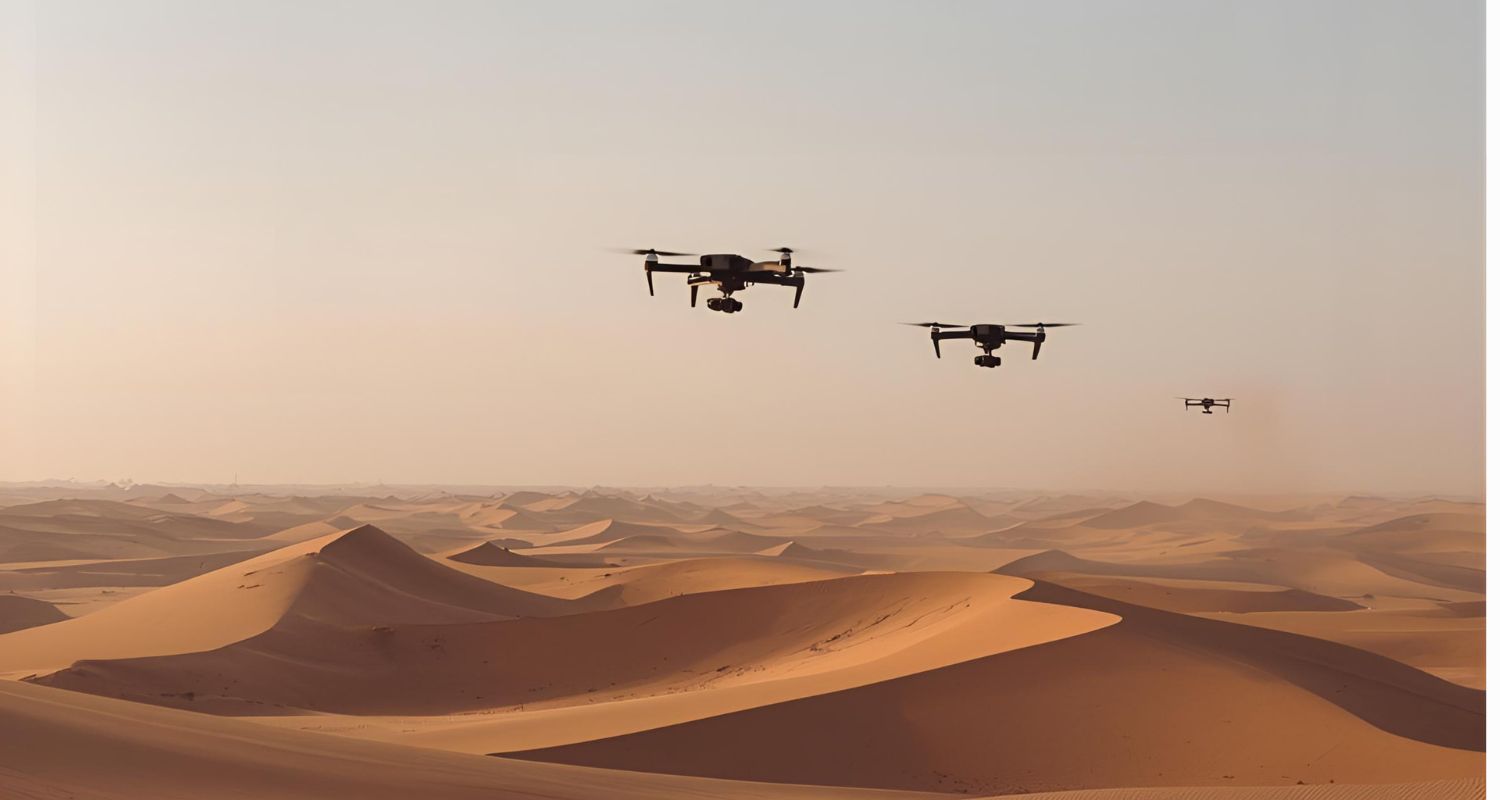
Season 5, Post 13: Prime time for pampered pooches
Lockdown seems like a distant memory for most, but one permanent reminder in many households (including your author’s) is that a small, furry, four-legged thing has now become – after perhaps that impulsive initial decision – a fully established family member. Pet ownership, of course, is not a new phenomenon. Animals have been human companions since time immemorial, so much so that we spent well over $150bn globally on our pets in 2022. Most recent data, however, show both good and bad news on ownership and expenditure trends.
The Global Pet Expo, the industry’s largest event, hosted annually in Orlando, has just finished. Sadly, your author was not able to attend but he did read the annual report published in conjunction by the American Pet Products Association (APPA), its organiser. Surprisingly, the number of US households with pets declined from 70% in 2021 to 66% in 2022, a reversal – for the first time – of the longstanding trend towards increased pet ownership. The APPA posits that animals that passed away in the last year have not been replaced, while some younger consumers have either paired pets when moving in with like-minded partners or returned to their parental home. Mathematically, these dynamics reduce the percentage of pet-owning households.

Happily, the APPA suggests that there have been few instances of buyer’s remorse. On the contrary, with over 10% annual growth last year, US pet expenditure reached $137bn in 2022 and is now larger than the domestic home building, domestic airline and beauty & personal care sectors (valued respectively at $127bn, $124bn and $91bn). As the photos attest, barely a week passes without a new dog toy (or bag of treats) entering your author’s the house. Encouragingly, the APPA forecasts a further 4.9% increase in expenditure over 2023, more than double Bloomberg’s estimate for US GDP growth.
Good news, then, for pampered pooches. The expenditure trends afoot in the US are being broadly replicated globally and, in our view, represent part of the growing trend of pet humanisation, a topic we first discussed two years ago. This is a long tail (no pun intended) opportunity, with the scope to premiumise various segments of the pet economy being significant. The industry is also highly recession-proof. More people would rather give up Netflix than their pet. Providers of premium pet products should therefore stand to benefit, but longer animal life expectancy should also be positive for specialist healthcare providers. More diagnostics and enhanced veterinary services are potentially where the biggest Dollars will be spent.
5 April 2023
The above does not constitute investment advice and is the sole opinion of the author at the time of publication. Past performance is no guide to future performance and the value of investments and income from them can fall as well as rise.
Click here to view all Blog posts.
Photos taken by the author.
Alex Gunz, Fund Manager
Disclaimers
The document is provided for information purposes only and does not constitute investment advice or any recommendation to buy, or sell or otherwise transact in any investments. The document is not intended to be construed as investment research. The contents of this document are based upon sources of information which Heptagon Capital LLP believes to be reliable. However, except to the extent required by applicable law or regulations, no guarantee, warranty or representation (express or implied) is given as to the accuracy or completeness of this document or its contents and, Heptagon Capital LLP, its affiliate companies and its members, officers, employees, agents and advisors do not accept any liability or responsibility in respect of the information or any views expressed herein. Opinions expressed whether in general or in both on the performance of individual investments and in a wider economic context represent the views of the contributor at the time of preparation. Where this document provides forward-looking statements which are based on relevant reports, current opinions, expectations and projections, actual results could differ materially from those anticipated in such statements. All opinions and estimates included in the document are subject to change without notice and Heptagon Capital LLP is under no obligation to update or revise information contained in the document. Furthermore, Heptagon Capital LLP disclaims any liability for any loss, damage, costs or expenses (including direct, indirect, special and consequential) howsoever arising which any person may suffer or incur as a result of viewing or utilising any information included in this document.
The document is protected by copyright. The use of any trademarks and logos displayed in the document without Heptagon Capital LLP’s prior written consent is strictly prohibited. Information in the document must not be published or redistributed without Heptagon Capital LLP’s prior written consent.
Heptagon Capital LLP, 63 Brook
Street, Mayfair, London W1K 4HS
tel +44 20 7070
1800
email london@heptagon-capital.com
Partnership No: OC307355 Registered in England and Wales Authorised & Regulated by the Financial Conduct Authority
Heptagon Capital Limited is licenced to conduct investment services by the Malta Financial Services Authority.

Receive the updates
Sign up to our monthly email newsletter for the latest fund updates, webcasts and insights.

.png)
